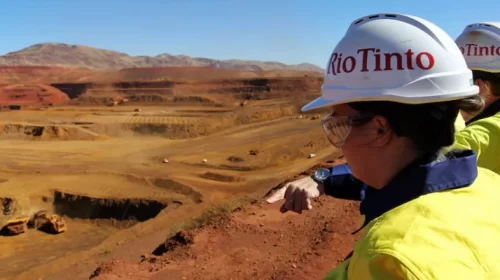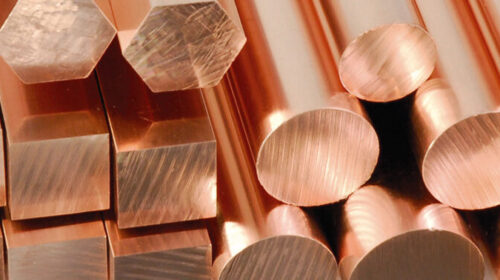Iron ore prices expected to remain strong amid tight supply
Iron ore was a clear commodity outperformer in 2020, owing to the substantial increase in demand driven by China’s infrastructure stimulus and given the supply constraints. Amid initial fears that the price rally would lose traction in 2021, ratings agency Fitch Ratings expects the annual average iron ore price rally to remain strong.
This is driven by the continued tight market supply, which is expected to continue for some time with new projects only compensating for depleting mines; demand in China is expected to reduce from 2022 with pandemic related stimulus tapering off and the long-term plan to transition to a consumer-led economy, while other parts of the world are expected to compensate with broadly flat global demand post 2021.
A broadly similar deficit of between 90 Mt to 100 Mt of low-cost seaborne iron ore supply that existed in 2020 is expected for 2021 and together with low inventories at the beginning of 2021 is driving the current seaborne price of iron ore, which traded at about US$167/t in March 2021.
According to ratings agency Fitch Ratings’ Oliver Schuh, senior director of natural resources for the Europe, Middle East and Africa region, despite low iron ore demand from China in Q1, 2020, during the height of the COVID-19 lockdown in the country, steel production strengthened throughout the year on the back of an economic stimulus package. This boosted the country’s steel production, in turn increasing the country’s iron ore demand.
This year will, however, see a reverse of the 2020 trend. Despite almost record-breaking steel production figures in 2020 and the start of 2021, there will be a consistent reduction in quarter-on-quarter steel production this year as the stimulus tapers off. Despite this, similar steel production levels as recorded in 2020 will be maintained during 2021.
This all-time high steel production in China will however begin to taper off from 2022 onward, as the country moves toward a more consumer-led economy, reducing focus on infrastructure and construction of the past, notes Schuh.
“The peak steel production in 2020 in China and recovery taking hold later in the year across other global markets led prices increasing throughout the year,” says Schuh.
Moreover, in December 2020, iron ore miner Vale cut its production guidance for 2021, noting a slower ramp up of its assets in the wake of decommissioning upstream tailings dams and getting regulatory approvals, which resulted in no supply response to meet the growing demand – this drove iron prices to $152/t in December (compared to $122/t in November. As a result, port stocks in China were particularly low at the beginning of 2021, around 60 days before Chinese new year (compared to around 70 days the year before) and prices responded moving to $165-170 for January and February this year, explains Schuh.
Fitch Ratings
conservative iron ore price assumption for 2021 is $125/t, $90 in 2022, $80 in 2023 and $70 in 2024. Schuh says that this is a reflection of China’s all time high levels of steel production as well as a recovery in iron ore production in Brazil (the world’s second largest iron ore producing country) following the 2019 Brumadinho disaster, which caused Vale to shut down several of its mines in February 2019 due to safety concerns following the disaster. The ramp up schedule of Vale’s assets was subsequently further impacted by the COVID-19 outbreak.
Iron ore prices are expected to normalise to the $80/t – $90/t price over the next five years as the supply and demand balance improves to balanced status and then small surplus. The next decade may prove interesting in terms of iron ore supply should the undeveloped Simandou iron ore mine in Guinea come into production at the end of the decade, which could add up to 60 Mtpa – 150 Mtpa of iron ore.
![]()





